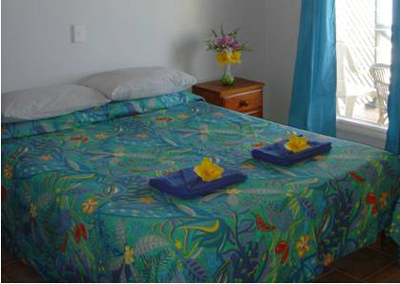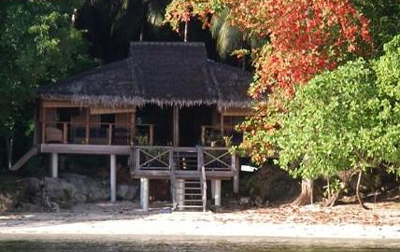Destination Overview:
If it weren’t for the remnants of war tankers, battleships, troop carriers, bombers and fighters, which can be found scattered amongst the shallow reefs and deep harbors throughout this island nation, it would be hard to believe that the Solomons were once the site of fierce fighting during WWII. While the reefs are as good as any in the world, most divers visit the Solomons to see the remnants of the Pacific campaign. Honiara on the island of Guadalcanal is the best place to start with some wrecks diveable from the shore.
Diving Details:
The New Georgia island group includes the dive areas of Gizo, Munda, and Uepi. All have wrecks such as Japanese freighters, transports, dive bombers and American fighter planes. The locations mentioned above also have walls, passages and pinnacles teeming with marine life…from tiny exotic nudibranchs with their bizarre colors and shapes to schools of hammerhead sharks or the occasional whale shark feeding its massive bulk with tiny fish and plankton. At night with dive torches off, a wave of the hand creates swirling flames of pale green bioluminescence. Caves and overhangs reveal delicate polyps out feeding on the night’s bounty.
Insider Information:
The Solomon Islands have traditionally been dived via live-aboard. The outer islands, though, offer rustic but very comfortable lodging. Land-based accommodations will also allow you greater contact with the friendly locals, but if quantity of dives is your main priority, live-aboards are the way to go. Ask our travel professionals about customizing a Solomon Islands plus Fiji dive package for you.


















































